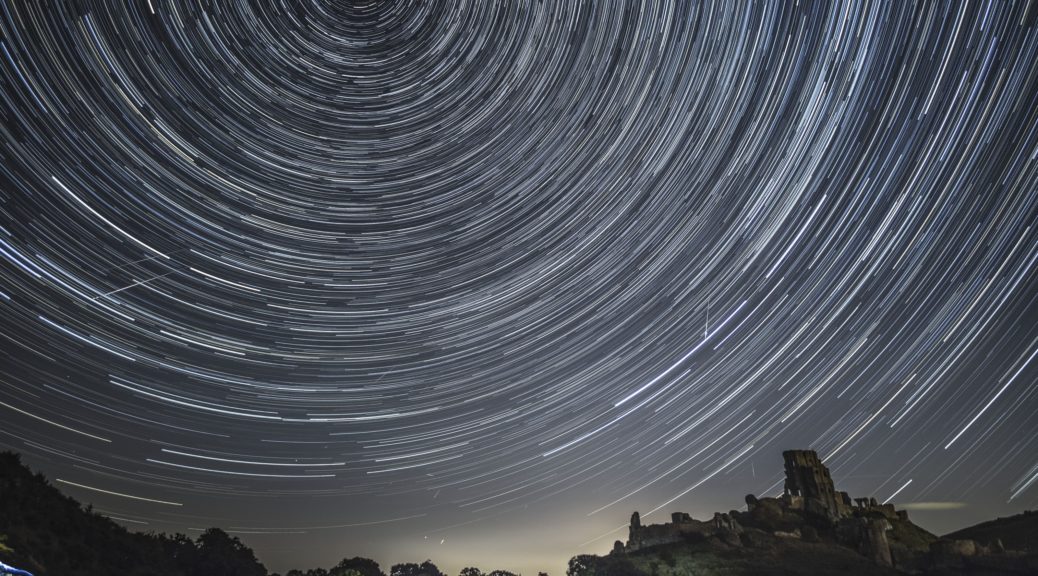Today is the peak of the PERSEID METEOR SHOWER. a prolific meteor shower. associated with the comet Swift-Tuttle. The Perseids are called so because the point they appear to be coming from, called the radiant, is in the constellation of Perseus. However, they can be spotted all around the sky. Because of the positioning of Swift-Tuttle’s orbit, Perseids are mostly visible on the northern hemisphere.
The shower is visible from mid-July each year, but the bulk of its activity falls between August 8 and 14 with a peak on August 12. During the peak, rates of a hundred or more meteors per hour can be registered.
Meteor showers can be seen when Earth moves through a meteor stream. The stream in this case is called the Perseid cloud and it stretches along the orbit of the Comet Swift-Tuttle. The cloud is composed of particles ejected by the comet as it passed by the Sun. Most of the dust in the cloud today is approximately a thousand years old.
However, there is also a relatively young filament of dust in the stream that boiled off the comet in 1862. The approximate rate of meteors originating from this filament is much higher than normal. The famous Perseid meteor shower has been observed for about 2000 years, with the first known information on these meteors coming from the far east. In early Europe, the Perseids came to be known as the “tears of St. Lawrence.” To experience the Perseid shower in its full, one should observe in the dark of a clear moonless night, from a point far outside any large cities, where stars are not dimmed by light pollution.
